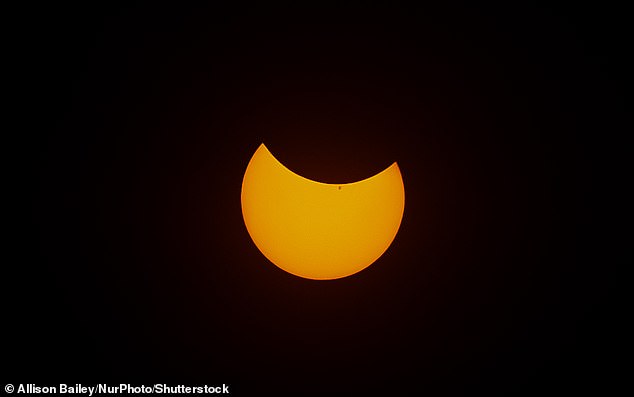
Rare ‘Devil Horn’ Solar Eclipse: UK Weekend Viewing Guide as Moon Crosses Sun
Stunning ‘Devil Horns’ Solar Eclipse to Grace Skies Tomorrow
A striking partial solar eclipse will dazzle viewers tomorrow, creating the illusion of the sun sporting devil-like horns. The event occurs when the moon passes between the Earth and sun, partially obscuring sunlight. In the UK and Ireland, the eclipse begins around 10 a.m. GMT and ends by noon, with 30–40% of the sun’s surface covered. However, experts warn against looking directly at the sun without proper protection.
Visibility and Timing
The eclipse will be visible across the UK, Ireland, parts of Europe, and eastern North America. While the UK will see a third of the sun blocked, eastern Canada and the U.S. may witness up to 85% coverage. Regions like Spain and Germany will see only ~20% obscuration. The Met Office predicts clear skies for the UK, though clouds could linger in Scotland and Northern Ireland.
Safety First
Dr. Robert Massey of the Royal Astronomical Society emphasizes: “Even with partial coverage, staring at the sun is dangerous.” Certified eclipse glasses or indirect methods, like a pinhole projector or colander-to-paper projection, are safe alternatives. Live streams from the Royal Observatory Greenwich or Timeanddate.com offer another viewing option.

The sun appears as a crescent with "devil horns" during a partial eclipse (Washington, DC, 2024).
Eclipse Science
A solar eclipse occurs when the sun, moon, and Earth align. Partial eclipses happen when the moon’s orbit—tilted relative to Earth’s—only partially blocks sunlight. The moon’s distance from Earth determines eclipse types: total (full coverage), annular (“ring of fire”), or partial.

Map showing eclipse visibility, with darker areas indicating greater coverage.
North American Viewing
In the U.S., states from Maine to Maryland will see varying degrees of the eclipse:
- Maine: Up to 85%
- New York: Up to 45%
- Maryland: Up to 7%
Southern U.S., South America, Asia, and Australia won’t witness the event.
Future Eclipses
While partial eclipses occur 2–5 times yearly, total eclipses are rarer. The next total solar eclipse visible in the UK will occur in 2090. Until then, enthusiasts can enjoy partial events like tomorrow’s, using safe viewing practices.

DIY solarscope projects sunlight onto paper for safe viewing.
Key Takeaways
- Never look directly at the sun: Use eclipse glasses or projection methods.
- Timing: 10 a.m.–12 p.m. GMT in the UK; check local times for North America.
- Next UK total eclipse: 2090—a once-in-a-lifetime event for future generations.
Whether you step outside or tune in online, this celestial spectacle promises a mesmerizing glimpse of cosmic mechanics.
Featured inline images: Partial eclipse in Lincolnshire (2015), Eclipse diagram.
(Word count: ~600)


